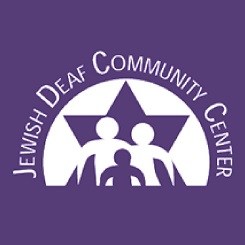Excerpted from the Yale Daily News on November 6, 2006, Yale’s three deaf undergraduates, including Jeffrey Zuckerman ’10, use both sign language and oral communication in their classes. Zuckerman cannot understand speech over a cell phone because he depends heavily on lip reading to understand those around him. Like the other two deaf students, Campbell Garland ’09 and Amy Zwanziger ’09, he does not use sign language. Instead, he has a cochlear implant. Zwanziger said that although she has an implant, she depends mostly on a hearing aid she uses in one ear, while Garland relies on a combination of both technologies. Alina Engelman EPH ’07, the only deaf graduate student at Yale, uses both sign language and verbal communication in different situations, and the decision to use one or the other is a personal choice. Part of belonging to the Yale community is adjusting to a world designed for people with hearing, and Zuckerman, Garland and Zwanziger all said one big adjustment comes inside the classroom. Gary Jaffe ’10, who is in a Directed Studies section with Zuckerman, said the only effect he sees from Zuckerman’s deafness is the added concentration it takes to understand him, which he said means students focus more in class. Jaffe said that he does not find the interpreter particularly distracting, and that although he had trouble understanding Zuckerman the first few days of class, he adjusted to his speech relatively quickly. One of the biggest obstacles the deaf students mentioned is learning a foreign language. Although Zuckerman said he has not run into problems, Garland said she is taking Latin because she finds it too difficult to follow someone speaking in a language other than English. Zwanziger said that while she entered Yale interested in French, she felt that the department did not show particular sensitivity to her circumstances, and she has since started taking Hebrew. Zwanziger’s Hebrew professor, Ayala Dvoretsky, said she has made a few minor adjustments to her teaching – for instance, making sure Zwanziger can see her lips when she is speaking, and allowing her to do spoken language assignments in person instead of recording them as a file online like other students – but that Zwanziger’s deafness is not a major presence in the classroom. “These accommodations are just so minor that they are really insignificant,” Dvoretsky said. “It just took some level of understanding of what goes on.” Zuckerman said he has found Yale’s liberal atmosphere means “nobody looks twice” at someone out of the ordinary, and he has had no trouble fitting in – although he has faced a few misconceptions about deafness. Some people try to speak so slowly he cannot read their lips, he said, and for the first few weeks of school whenever he told people he was deaf they would assume he communicated using sign language.
Published On:
30 Nisan 5770 (30 Nisan 5770 (April 14, 2010))




